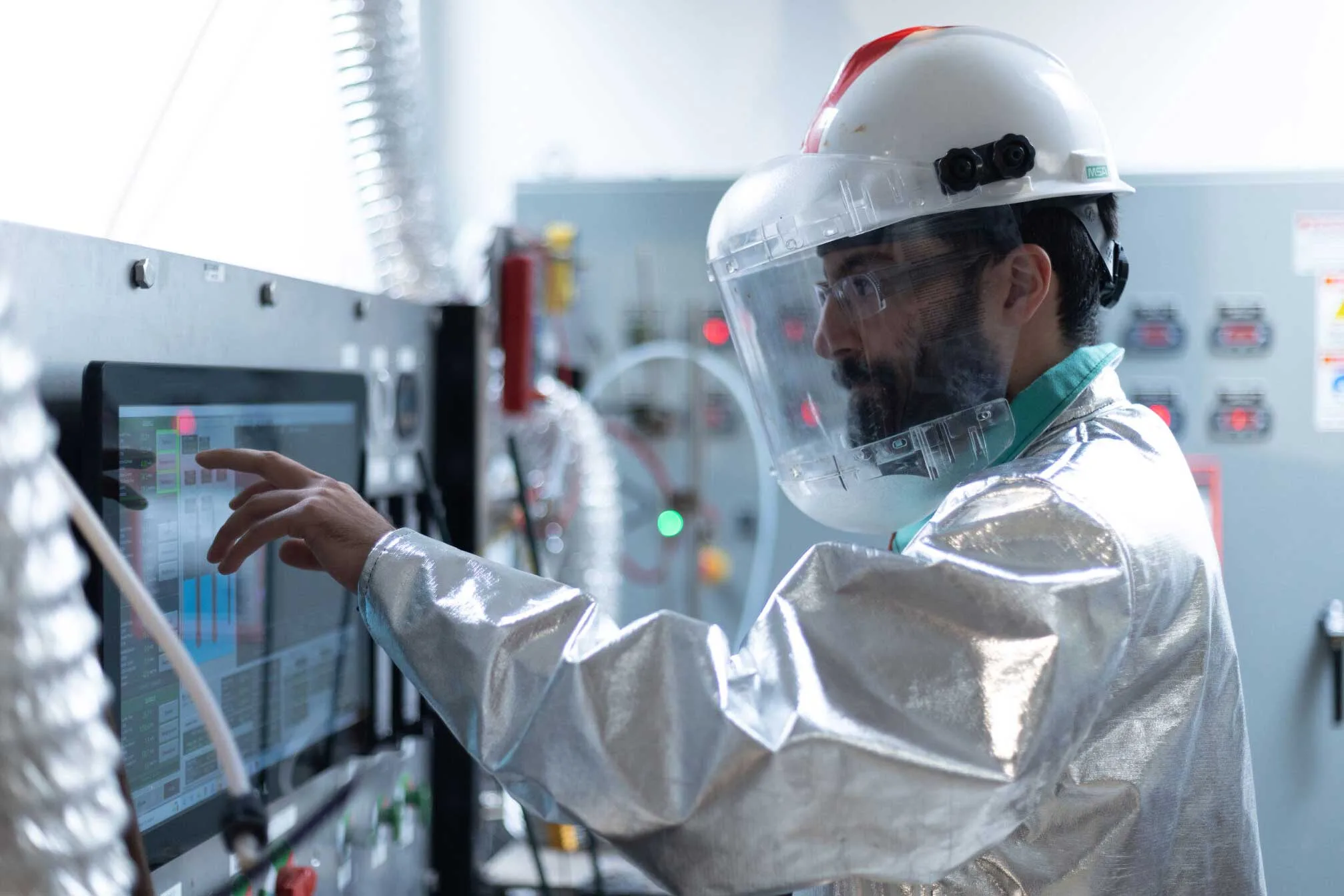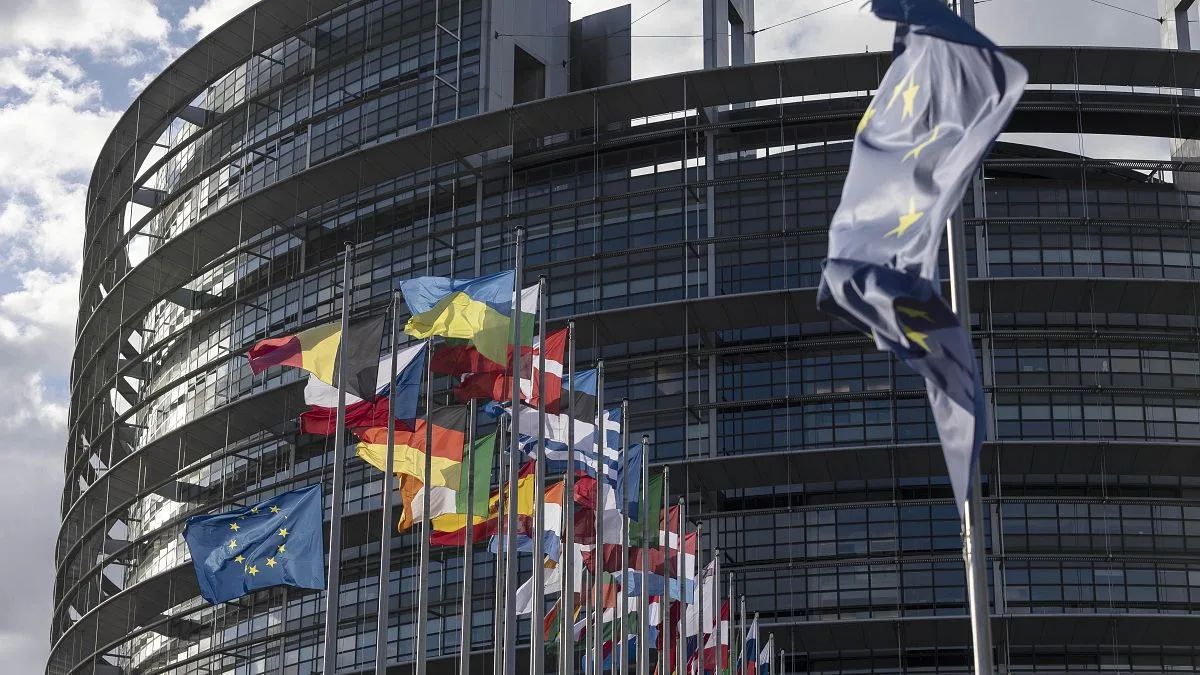Central to the energy transition is a simultaneous shift in metal sourcing. The increasing reliance on renewable energy technologies such as wind turbines, solar panels, and electric vehicles demands significantly greater quantities of key metals like copper, zinc, and nickel compared to traditional gas-powered options. Moreover, these renewable systems require rare earth elements, which are crucial for the magnets utilized in wind turbines and electric vehicle motors.
Currently, China is the primary processor of rare earth elements, responsible for refining about 60% of these metals globally. With demand expected to surge, the Biden administration has issued warnings about potential national and economic security risks associated with this reliance on a foreign supply chain.
Interestingly, substantial reserves of rare earth metals remain untapped across the United States and beyond. The challenge lies in the fact that these metals are often found mingled with hazardous mining waste.
Enter Phoenix Tailings, a pioneering company focused on extracting valuable materials, including rare earth metals and nickel, from mining waste. Utilizing a method that incorporates water and recyclable solvents for metal extraction, they then introduce the metals into a heated molten salt solution and apply electrical currents to facilitate recovery.
Co-founded by MIT alumni, Phoenix Tailings operates the world’s sole facility in Woburn, Massachusetts, dedicated to producing rare earth metals without generating toxic waste or carbon emissions. While the operation consumes electricity, the company offsets its energy usage through sustainable renewable contracts.
Phoenix Tailings anticipates producing over 3,000 tons of these essential metals by 2026—equivalent to approximately 7% of the total U.S. production for the previous year.
With backing from the Department of Energy, the company is not only broadening its range of producible metals but also expediting plans for an additional production facility.
For the founding team—including MIT graduates Tomás Villalón ’14, Michelle Chao ’14, Nick Myers, and Anthony Balladon—this venture addresses pressing geopolitical and environmental issues. “Creating essential materials domestically reduces dependence on foreign monopolies,” Villalón states. “Our goal is to supply critical materials for the next generation of technologies sustainably.”
Addressing a Global Challenge
Villalón’s passion for chemistry and materials science ignited after taking Course 3.091 (Introduction to Solid-State Chemistry) during his freshman year at MIT. His experiences during a senior internship at Boston Metal, another MIT spin-off focused on decarbonizing steelmaking, further motivated him to explore sustainable metallurgical processes.
A serendipitous conversation with Myers during a 2018 Bible study sparked the idea of revolutionizing the U.S.’s material sourcing. “We started talking about global issues, which led us to consider the electrification of material production,” Villalón recalls. “I finally thought, ‘Let’s take action on this!’ It was a turning point.” After a casual discussion, Myers surprisingly called Villalón a month later, ready to invest $7,000 to jumpstart the initiative.
The team expanded, bringing in Chao and Balladon, and began experimenting with innovative methods for recovering rare earth metals. Drawing on their MIT education, including coursework on thermodynamics and reaction kinetics, they diligently pursued their vision.
Guidance from MIT’s Venture Mentoring Service and participation in the U.S. National Science Foundation’s I-Corps program proved invaluable. Through this process and with Sadoway acting as an advisor, they developed their technology further.
They swiftly moved from concept to prototype, operating a makeshift reactor in Villalón’s backyard using red sludge, a type of mining waste. After overcoming various hurdles, they succeeded in isolating a rare earth concentrate along with pure iron.
At their Woburn facility, mining waste rich in rare earth metals is subjected to heating at approximately 1,300 degrees Fahrenheit. When an electric current is applied, pure metals collect on the electrode, resulting in minimal residual waste.
“The essence of our method lies not just in the chemistry, but in the cohesive integration of the entire process. Achieving high purity is vital, especially with rare earth elements, and that purity must be monitored at each stage,” Villalón highlights.
Expanding Beyond Rare Earths
Villalón emphasizes that their extraction process not only stands out in economic efficiency but also eliminates toxic byproducts, aligning with carbon-free principles if powered by renewable energy. The Woburn facility currently produces multiple rare earth elements like neodymium and dysprosium for diverse applications, including wind turbines, electric vehicles, and defense technologies.
The company has garnered over $2 million in grants from the U.S. Department of Energy’s ARPA-E program. The latest grant aims to extract nickel and magnesium from mining waste using a methodology that incorporates carbonization and recycled carbon dioxide—both vital for advancing clean energy solutions like batteries.
Phoenix Tailings is also innovating methods for producing iron from mining waste without creating emissions or toxic waste. Given that the U.S. generates roughly 1.8 billion tons of mining waste annually, the potential for sustainable materials recovery is substantial.
“Our objective is to leverage our expertise in processing rare earth metals while gradually transitioning into other segments. We must navigate regulatory landscapes to develop economically and environmentally sound practices now and into the future,” Villalón explains.
Photo credit & article inspired by: Massachusetts Institute of Technology



